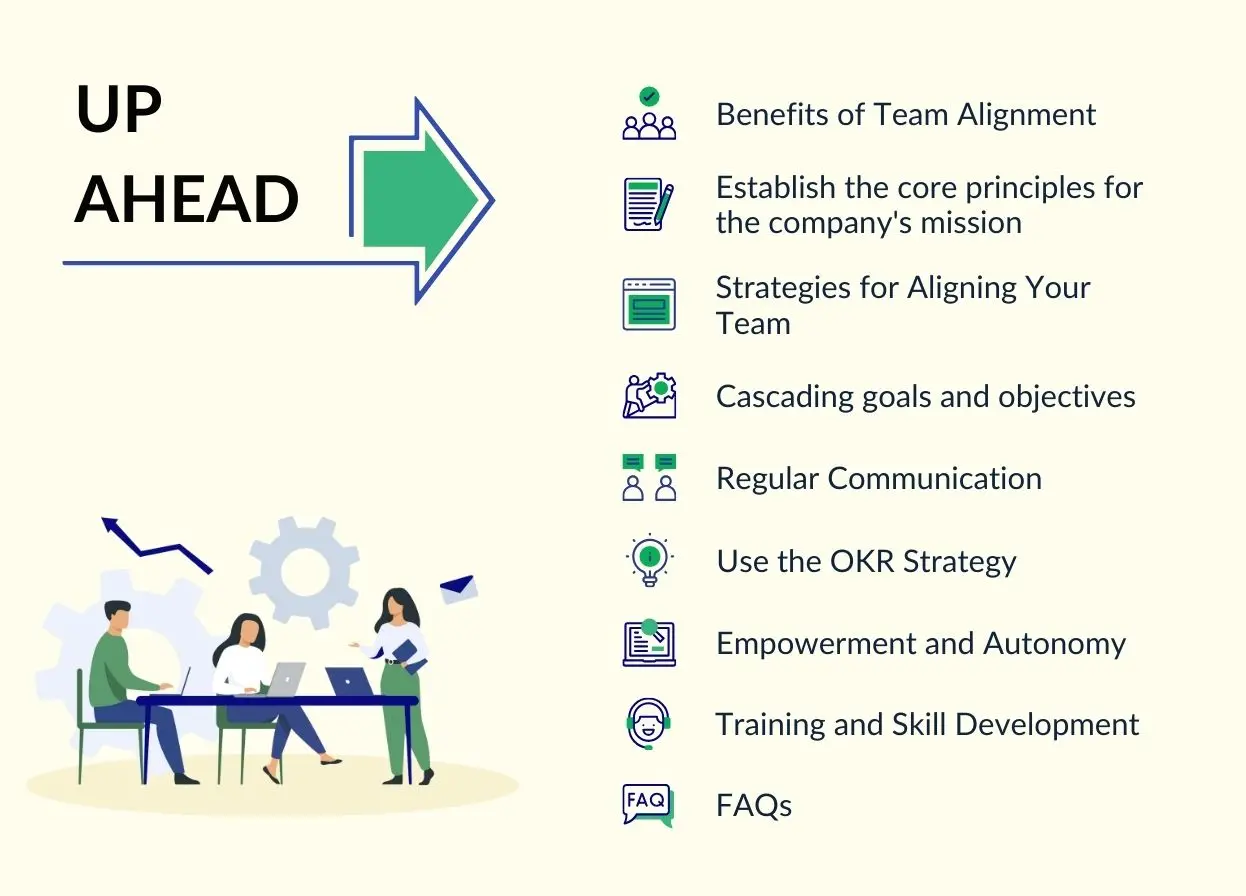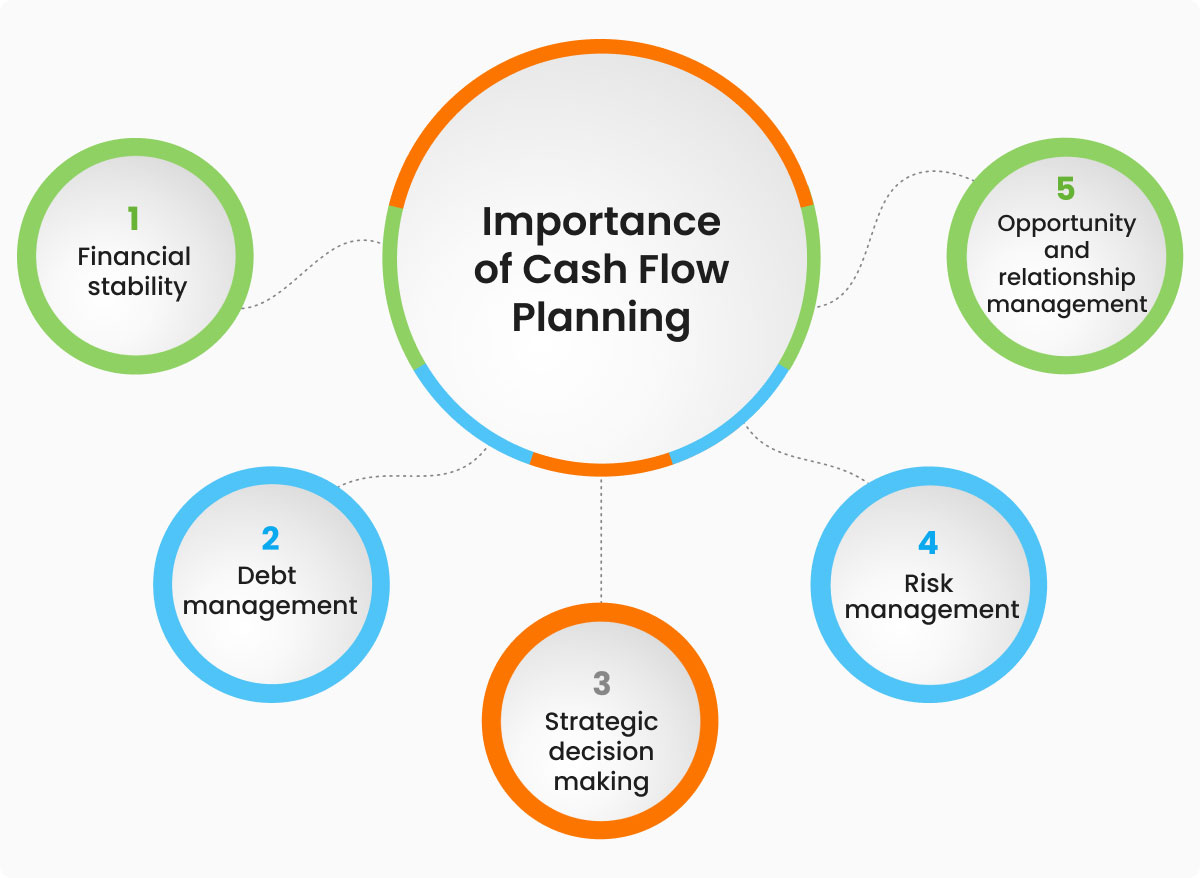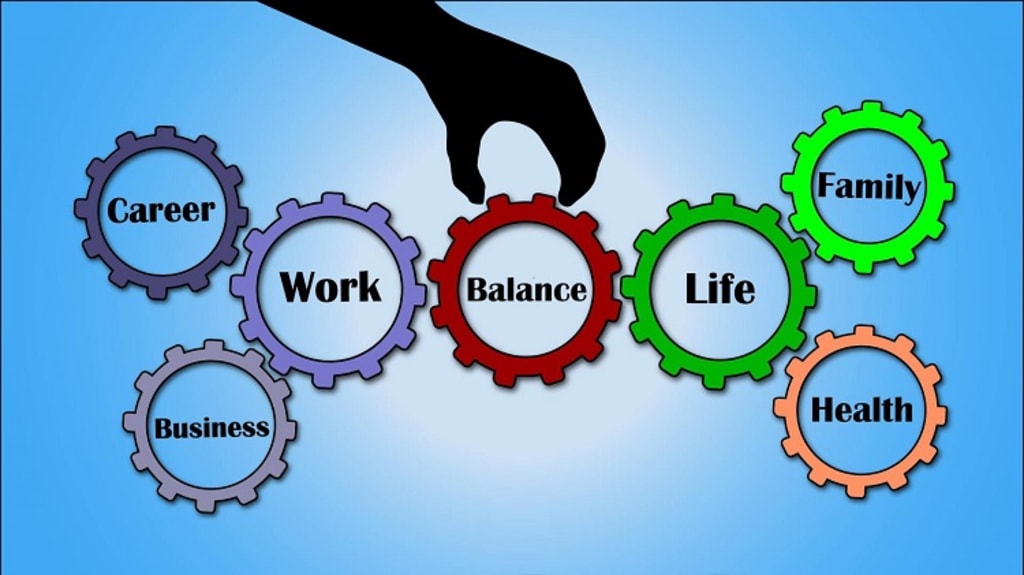In today’s fast-paced business environment, teams need to communicate quickly, clearly and consistently to maintain productivity and competitive edge. Whether you’re coordinating across multiple sites, managing frontline workers or driving a hybrid workforce, operational communication is a foundational capability that shouldn’t be overlooked.
Understanding the communication landscape
Effective internal communication is more than sending emails and holding meetings. It’s about creating channels, norms and tools that enable information flow, feedback loops and real-time coordination. As research shows, weak internal communication correlates with collaboration breakdowns and missed opportunities. Investing in the right mix of technology and process can improve alignment, reduce waste and strengthen team cohesion.
Identifying what you’re trying to solve
Before selecting tools or platforms, it’s crucial to ask: What communication gaps exist? Are messages not reaching deskless or frontline staff? Are urgent operational matters buried in email? Is real-time coordination across sites missing? For example, in a retail store environment, real-time communication tools can simplify coordination between departments, speed up customer response and improve safety and security.
One tool, one mention
In many workplaces one overlooked option is the use of a dedicated business walkie talkie system to connect teams who are physically dispersed and may not always have access to a smartphone or computer. Such a system can allow for instant radio-style communication, enabling team members to announce issues, request support or alert colleagues without delays. It’s especially useful for environments where time-critical coordination matters, for example in warehousing, event staffing or large retail operations.
Choosing technologies that match your environment
When evaluating communication tools, don’t just ask “what’s trendy” — ask “what fits our environment”. For instance:
- Are your teams mobile, onsite, and away from desks? Then tools that work on the ground (such as radios or rugged handhelds) may be more reliable than app-based chat.
- Do you operate across buildings or sites with weak cell/internet coverage? Then devices or systems that are less dependent on network latency or connectivity may offer more reliability.
- Do you have high noise, safety risks or dynamic workflows? Then look for tools with features like push-to-talk, one-button calls, emergency channels or durable hardware. One market overview notes that the global market for such devices is strong, driven by demand in security, construction and industrial sectors.
Integrating with your broader communication stack
Even when using purpose-built tools for operational communication, you still need to integrate with your broader internal communication strategy. Email, chat apps, collaboration platforms and frontline communication tools must feed into a cohesive whole. As multiple guides highlight, internal communication tools are most effective when they are mobile-friendly, searchable, integrated and capable of supporting feedback. For example, ensuring that urgent messages heard on radio-style devices are logged or escalated into the same incident-tracking or task system your office teams use ensures everyone is aligned.
Establishing norms and training
Technology alone won’t fix communication breakdowns. You need culture and habit change. Set clear norms: how and when to use which channel, who responds, what constitutes “urgent”, and when to escalate. Provide training to ensure every staff member knows how to use the system, what to expect and how it ties into daily operations. Recognise that frontline or mobile staff may prefer simple, fast-access methods; ensure your tool fits their workflow rather than forcing a desktop-centric solution.
Measuring success & iterating
Treat communication as a measurable business process. Track metrics such as message response times, incident resolution times, missed communications, or calls for support. Look at qualitative feedback: do teams feel more connected? Do they feel less “out of the loop”? Use these data to refine tools, workflows and training. Reports emphasise that choosing the right communication stack is an ongoing exercise, not a once-and-done purchase.
Final thoughts
Strong operational communication is a competitive advantage. When teams can coordinate seamlessly, respond rapidly and feel connected, the organisation becomes more agile, resilient and customer-focused. By diagnosing gaps, choosing the right technology (including radio-style devices for mobile or frontline teams), setting norms, integrating into your broader stack and measuring results, you build a communication environment that supports real business outcomes.





